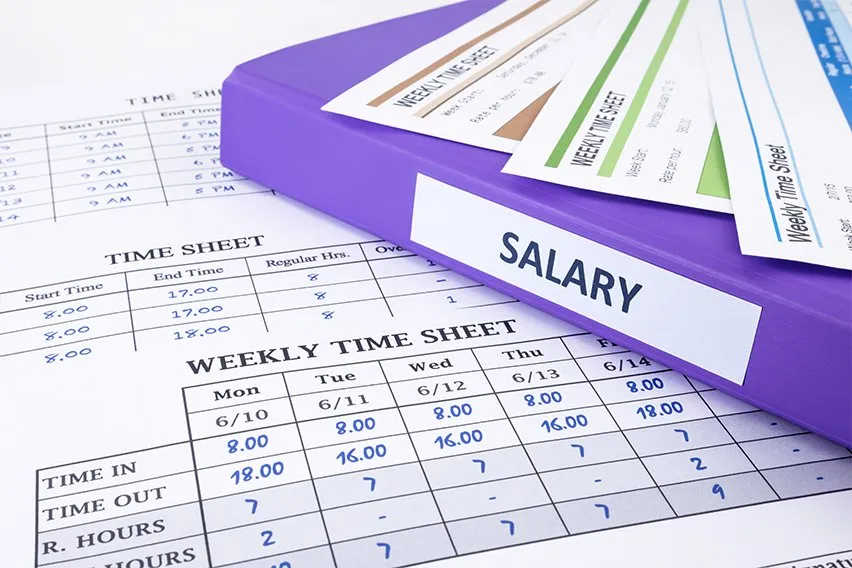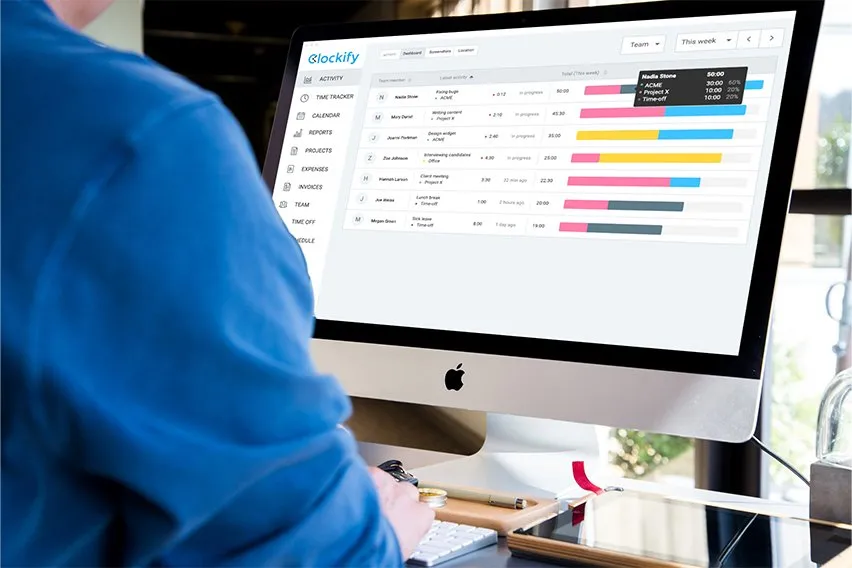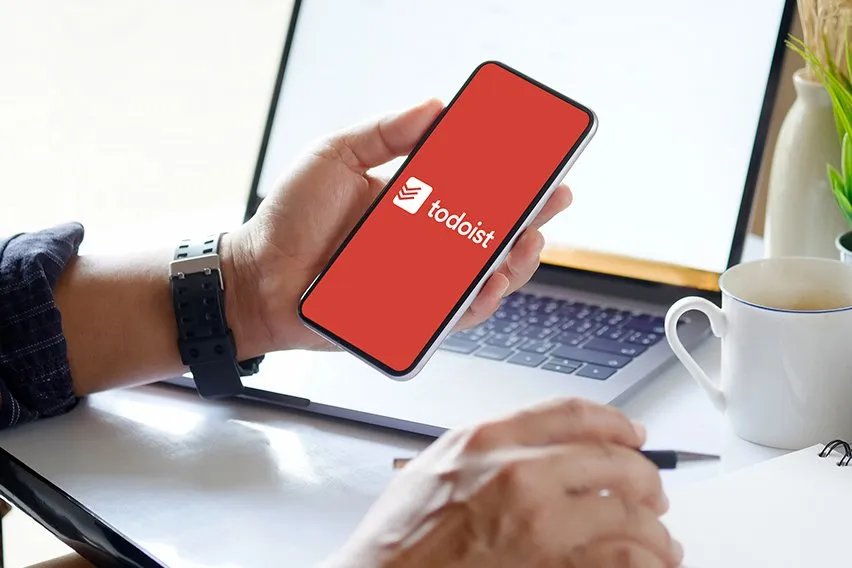What Is a Timesheet & How Does It Work?

Keeping track of your employee’s hours is a vital part of any business, no matter the size.
As a business owner, you want to make sure that you are properly compensating your employees for their hard work and their time. You also want to make sure that you’re not paying them too little, or too much!
The most traditional way to keep track of your employee hours is by keeping a timesheet. They are a tried and trusted method of time tracking. But in the modern business world, we now use different types of timesheets, often facilitated by advanced time tracking software.
But what exactly is a timesheet? And how do they work?
We’ll take a closer look at time tracking and timesheets and how they can help your business.
Here’s What We’ll Cover:
What Is Time Tracking?
Employers in the UK have the right to monitor employee’s computers, internet activities and even intercept their emails. However, this can often create a hostile work environment and can lead to poor employee morale.
Simple time tracking is a much more effective way of monitoring your employees. It is the process of tracking how many hours your employees have worked through the use of a daily timesheet or weekly timesheets.

What Is a Timesheet?
Put simply, a traditional paper-based timesheet is exactly what the name suggests; a sheet of paper used to track time.
Employers use timesheets to track actual hours worked on a task. They are also used for arrival and departure times of employees and overall hours worked.
This information is vital for the finance and payroll department so that they can be accurate when it’s time for payroll.
They are also helpful for keeping track of salaried employees’ sick pay and paid holiday allowances.
Timesheets in project management are a great way for businesses to get a handle on their time management and keep projects on track. They can also be used as a management tool for expense tracking or to estimate the availability of a project team.
Traditionally, timesheets were filled out as physical paper timesheets. But in the modern era, most timesheets are now used as a digital timesheet and processed by accounting software.
Why Use Timesheets?
No business should underestimate the importance of keeping accurate timesheets for employee hours. This time tracking method can help to establish proper synchronisation between the number of employees and the overall productivity levels on a daily basis.
While using timesheets for projects, you can track how many exact hours have been spent on what particular tasks. You can then see if that matches with expectations.
This process can be streamlined even further with the use of timesheet software. Software can take out or at least minimize human error. This can then be used by project managers to track the overarching performance. It can also be used to make effective decisions based on this information.
Timesheets aren’t just used for the payroll department. Management can use them and utilize the data for a variety of purposes. Some of these purposes may include:
- Client billing and billable time
- Calculating business wide labour costs
- Tracking productivity and job performance
- Monitoring projects
- Creating or finessing departmental budgets
- Forecasting future projects needs
- Determining profit

How Do Timesheets Work?
The timesheet process isn’t a particularly glamorous task. But that doesn’t mean that it’s not important.
Timesheets work by employees entering the hours they work into a table. This sheet is then sent for approval at the end of each period of pay.
Most timesheets will have customised fields. This will allow employees to enter time for specific tasks, projects or activities.
After entering their time period, an employee can then submit the timesheet to a manager for approval.
Once a timesheet has been approved, it will be sent to the payroll department for further approval and then processing. Any timesheet that is rejected at either juncture will be sent back to the employee for correction.
Key Takeaways
Employee timesheets are a long favoured method of keeping track of employee hours and keeping an accurate payroll.
They are efficient, easy to use and an effective business tool. Through the use of time tracking software such as FreshBooks, this tool can become even more efficient. It can help to take a huge amount of time and work off your accounting department’s hands.
Are you looking for more business advice on everything from starting a new business to new business practices?
Then check out the FreshBooks Resource Hub.
RELATED ARTICLES

 How Employees Can Claim Travel Expenses?
How Employees Can Claim Travel Expenses? What Is Priority Management & Its Importance to Small Business
What Is Priority Management & Its Importance to Small Business Part-Time Vs Full-Time Employees: Everything You Need to Know
Part-Time Vs Full-Time Employees: Everything You Need to Know 5 Best Free Time Clock Apps
5 Best Free Time Clock Apps 6 Best Checklist Apps to Help You Stay Organized
6 Best Checklist Apps to Help You Stay Organized 17 Team Building Activities & Games Your Team Will Love
17 Team Building Activities & Games Your Team Will Love